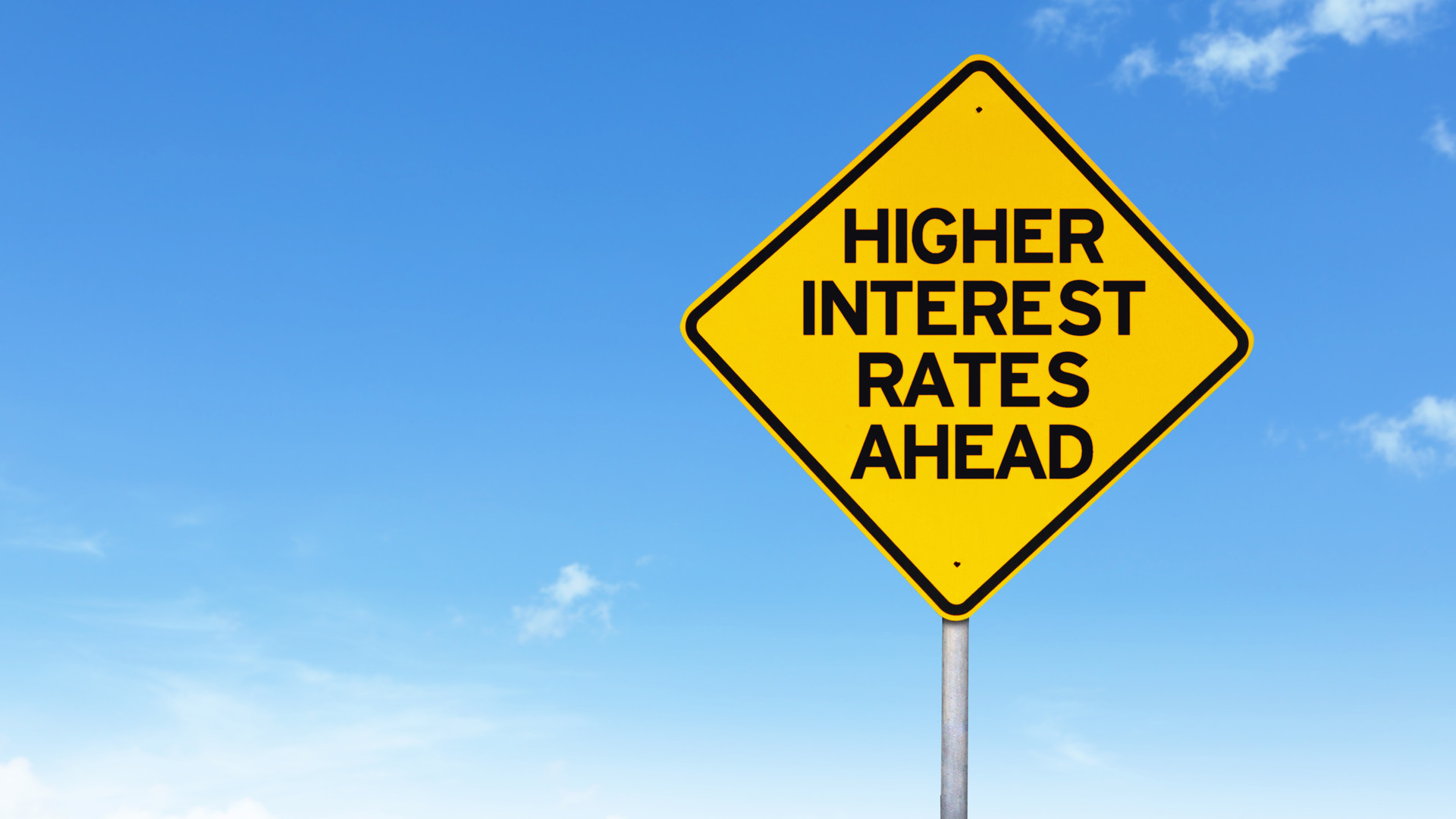Payments on everything from credit cards to cars could creep higher in March as the Fed ramps up its fight against inflation
Buying a house or opening a credit card could get much more expensive in just a few months as the Fed plans its first interest rate hikes since the beginning of the pandemic.
The move will touch everything from today's red-hot inflation to the price of paying back credit card debt.
After nearly two years of near-zero rates, the Fed is pivoting. Progress toward economic recovery and the highest inflation in four decades has prompted the central bank to start reining in its loose money policies intended to support the economy through the worst of the pandemic.
Officials said in December they would shrink the Fed's emergency asset purchases twice as quickly as previously expected, and projections published after last month's meeting showed participants anticipating three rate hikes in 2022, a faster pace than the Fed had signaled earlier in 2021.
The anticipated rate hikes will almost certainly have ripple effects throughout the US economy. The Fed's benchmark interest rate influences rates on everything from credit card payments to mortgages.
When the Fed lowers rates, payments on loans fall. Conversely, upcoming hikes will make borrowing more expensive. Paying off a car or credit card debt will get tougher as the benchmark rate rises, but those holding their cash in savings accounts will make slightly more in interest.
The first of the increases could come as early as the Fed's March 16 policy meeting. The new tapering pace suggests the Fed's asset purchase program will end then, and new commentary from central bank officials signal higher rates could arrive immediately after. The Federal Open Market Committee "could begin increasing the policy rate as early as the March meeting" to better counter inflation, James Bullard, president of the Federal Reserve Bank of St. Louis, said in a Thursday presentation to the CFA Society St. Louis.
Separately, minutes of the December FOMC meeting showed policymakers bracing for a faster tightening of monetary conditions. Participants noted it might be warranted to raise rates "sooner or at a faster pace" than previously expected, citing their outlooks for inflation and the labor market.
Rate increases also serve as the Fed's weapon-of-choice for fighting inflation. Low rates tend to spur demand and spending, but an imbalance between supply and demand can drive prices sharply higher.
That's certainly been the case in the last 12 months. New stimulus and the reversal of lockdown measures in early 2021 powered a wave of demand as Americans returned to stores and unleashed pent-up savings. Year-over-year inflation neared a four-decade high of 6.8% in November, according to the Consumer Price Index. That's a huge leap from the 5.4% pace seen in September and well above the 2% average the Fed has been targeting.
"There's a real risk now, I believe, that inflation may be more persistent...and the risk of higher inflation becoming entrenched has increased," Fed Chair Jerome Powell said in a press conference following the FOMC's December 15 meeting.
By starting its crawl to higher rates, the Fed is shifting its focus from economic aid to cooling inflation. It will likely be years before the central bank's benchmark rate returns to the level seen before the pandemic, as the Fed will want to slowly wean the economy off of its policy aid. But as prices continue to rip higher, all signs point to the March 16 as a key date for the US recovery.
This article was written by Ben Winck from Business Insider and was legally licensed through the Industry Dive publisher network. Please direct all licensing questions to legal@industrydive.com.
